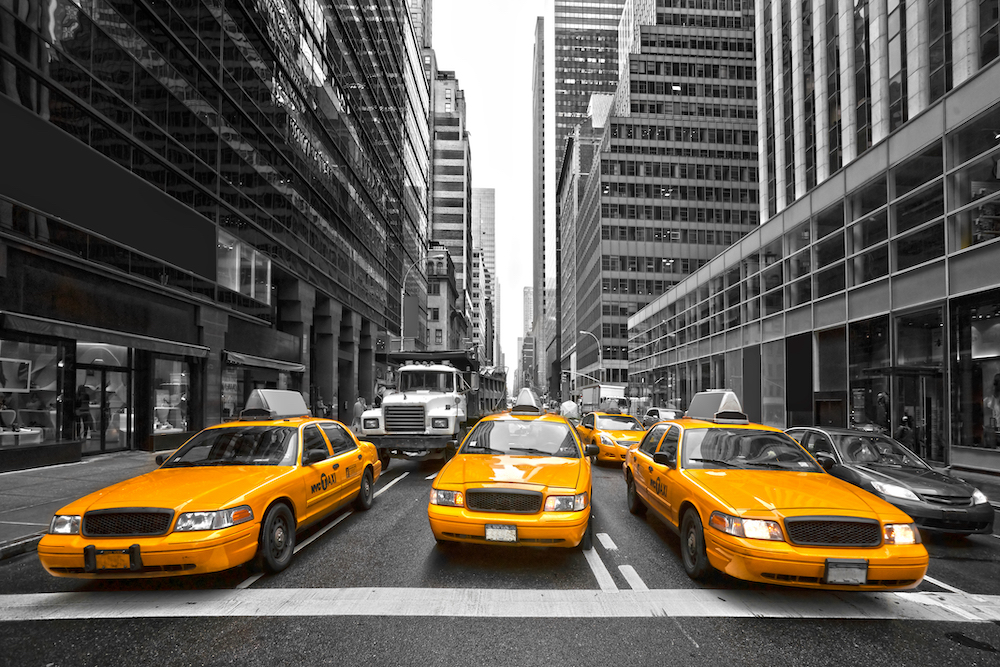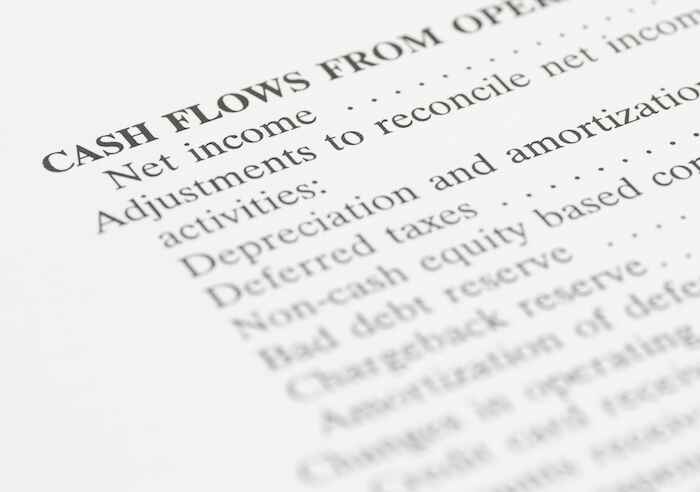Another Huge Bailout… That Nobody Is Talking About
Andy Snyder|November 17, 2021

The big story these days is inflation. But it’s not the whole story.
No way.
There’s another powerful undercurrent. Investors who don’t want to drown would be wise to understand it.
We saw and heard the idea come alive the other day while we were in New York City to see a show. Our timing was good. Something big happened… something that few folks are talking about.
It involves those iconic yellow cabs… or, as our Uber driver called them, those “lucky buggers.”
There aren’t many of them left these days. Before companies like Uber and Lyft erupted onto the scene, cabs made half a million trips each day in New York. These days, that figure is less than 100,000.
In September, cabs’ app-based competitors averaged 432,000 rides each day.
It’s been a huge hit to cabbies.
But it’s a feather in the cap of the power of free markets and capitalism… if only the dopes in charge would stay out of the way.
Like everything involving big money these days, fairness and safety nets are getting in the way of an efficient and healthy market.
What’s happened in New York is more proof.
A Bad Bet
In this case, cab drivers are getting a big handout… because their big bet went the wrong way.
You see, a fella needs the government’s permission to drive a cab in New York. It’s how elected folks usurp power from the free market. They control supply and demand instead of letting these natural forces do their job.
Of course, anytime the government gets involved, things get skewed.
Prices for taxi permits – known as medallions – soared over the past few decades. When we first wrote about them, they sold for about $300,000. By 2010, they were trading for nearly a million bucks.
Freshly arrived immigrants poured whatever money they had into the medallions, believing the advice from above that prices would continue to climb.
But then came the apps.
Uber and Lyft came to town, and suddenly, wannabe cabbies didn’t need to shell out a lifetime of wages for a permit. All they needed was a car and a smartphone.
Medallion prices plunged… all the way to $100,000.
Cab drivers were distraught. Their bets had gone bust.
Depression and suicide soared.
It got so bad in recent months that cabbies went on a hunger strike, pleading for help with their debts.
And just like that, the city stepped in with its taxpayer-funded safety net. It backstopped a deal with investors to slash loan balances. Most cabbies with outstanding debt saw that debt cut by a third.
A Broken System
Perhaps the city government felt bad about what it had done.
After all, it was just last year that the state’s top cop accused New York of fraudulently marketing medallions to the poor and the vulnerable. Many immigrants had put it all on the line, taking the city at its word.
But alas, the system buckled.
There are lots of faces to wag our finger in. But there are two powerful forces at work here that almost everybody has overlooked. Nobody is talking or writing about them.
The first is the role of all the free money that’s circulating out there.
Talk about bubbles… Medallion prices are the poster children for what happens when loans stay too cheap for too long. Prices soared as virtually free money let anybody into the speculative game.
But here’s the thing… that same pot of free money is also keeping Uber and Lyft alive.
Neither company has ever posted a profit!
Imagine shelling out a million bucks to compete with a company that doesn’t need to worry about profit… a company with piles of free money paying its bills.
Get this… the second quarter of this year marked the first time ever that Uber and Lyft eked out an operating profit… meaning it was the first time the cost of their services was less than the revenue they generated.
That’s nuts.
Shareholders have paid the price. By any measure, the stocks of both companies have been horrible investments.
Lyft is down 30% from its IPO in 2019, while Uber has flatlined, trading at nearly the same price as its first offering.
Thanks to the economic tilting caused by the free-money bonanza, everybody has lost. Except one key group…
Consumers.
They’ve gotten a better service while, in many cases, saving money.
Uber, Lyft and the others have been hugely deflationary. They’ve brought the price of nearly everything around them down.
How to Get Your Free Money
While Uber and Lyft aren’t good examples of the profit potential of this deflationary, techno-based trend… Wall Street’s tech-focused indexes are filled with fantastic examples.
For example, we attended a conference earlier in the week where small-business owners lauded the margin-boosting effect of technology. When asked if they were raising prices due to inflation (the question of the year), several said they didn’t have to. Their profits were expanding because new software was making their businesses cheaper to run and more efficient.
It’s the tech companies making such software that you want to own right now. That’s why our Manward Letter model portfolio boasts an entire allocation to the sector.
It’s paid off handsomely.
Like we said at the top, there are a lot of currents in this river. Some create upwellings. Some pull things down. And others, mostly the political currents, just sit and spin.
Don’t just pick one and ride it. You’ll get sucked into a log or pushed over a waterfall.
Understand how they all work together – know the effects of interest rates and the power of new technology and understand that inflation is far from the only story – and you’ll navigate these waters safely.
The cabbies might get a bailout.
But you won’t.
You’ve got to play it right.
Note: Bitcoin and cryptocurrencies are playing a huge role in all of this. As we’ve been saying, these forces are sending many cryptos “to the moon!” In fact, we recently studied a coin that went up by more than a billion percent. That’s crazy… but you can find out why it did here.





